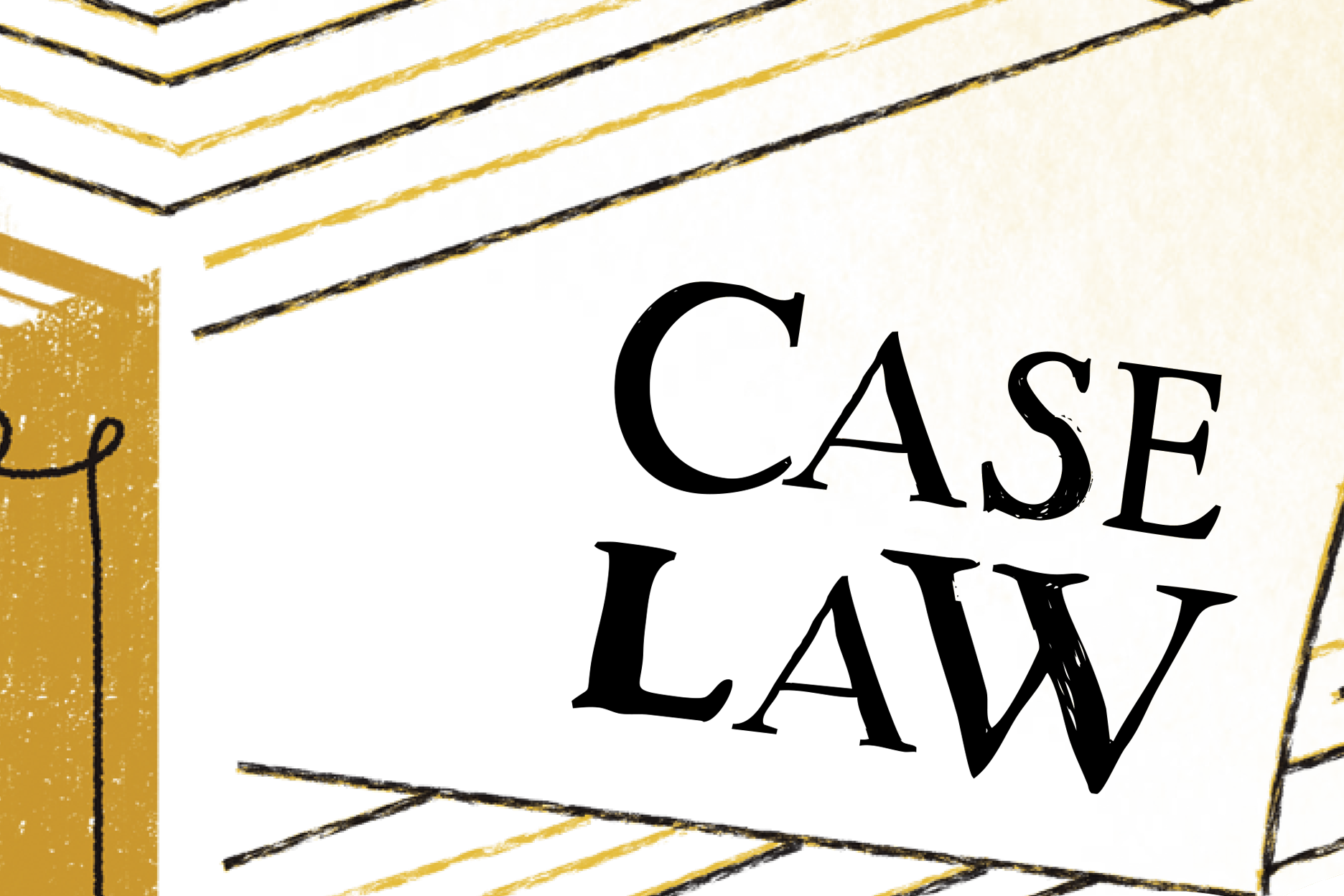WHEN IT RAINES IT POURS
Expectations of Precipitous Litigation on the Heels of an Expanded Definition of “Employer” in California
November 2023
The California Supreme Court’s recent decision in Raines v. U.S. Healthworks Medical Group could create additional exposure for PEOs under California’s employment discrimination laws. The Raines decision expands liability under California’s Fair Employment and Housing Act (FEHA) for third parties acting “as an agent of an employer”—directly or indirectly and without regard to joint-employer principles. Thus, the Raines decision could make it easier for plaintiffs to file discrimination claims against PEOs in California, increasing the frequency of such claims, particularly where PEOs directly assist their clients with employment-related services.
BACKGROUND
As they say, bad facts make bad law, and Raines is no exception. Plaintiffs were two job applicants who received offers of employment conditioned on successful completion of preemployment medical screenings, which were conducted by a third party.
Both plaintiffs alleged that the third-party screening company required them to complete a written health questionnaire that included inappropriate questions, such as requesting details about the applicants’ history of venereal disease and menstrual cycles. The evidence in the case did not indicate whether the questionnaire was created by the screening company or the employer.
Plaintiffs state-court lawsuit against the screening company was removed to federal court. The federal district court dismissed the discrimination claims, concluding that FEHA does not impose liability on the agents of an employer. Plaintiffs appealed.
THE ISSUE IN THE CASE
After oral argument, the Ninth Circuit asked the California Supreme Court to address the underlying question of whether a third-party service provider can be directly liable for discrimination under FEHA without direct or joint-employer status. Specifically, the Ninth Circuit asked the California Supreme Court to respond to the following question:
Does California’s Fair Employment and Housing Act, which defines “employer” to include “any person acting as an agent of an employer” … permit a business entity acting as an agent of an employer to be held directly liable for employment discrimination?
THE CALIFORNIA’S SUPREME COURT’S DECISION
The Court’s August 21 decision framed the issue by stating that FEHA’s “agent” language could be interpreted one of two ways:
First, the “agent” language could be interpreted as merely incorporating the common law principle of respondeat superior – meaning that liability for FEHA would reside with the employer, not the employer’s agent.
In the alternative, the language could be interpreted to mean that an employer’s agents are subject to the obligations and liabilities that FEHA imposes on the employer itself.
The Court considered the language of FEHA, its legislative history, and federal court decisions involving federal antidiscrimination laws that use similar “agent” language. After analyzing each of these components, the court concluded that, consistent with FEHA’s language and purpose, a business-entity agent can bear direct FEHA liability when it carries out FEHA-regulated activities on behalf of an employer:
The California Fair Employment and Housing Act, which defines “employer” to include “any person acting as an agent of an employer” (§ 12926, subd. (d)), permits a business entity acting as an agent of an employer to be held directly liable as an employer for employment discrimination in violation of the FEHA in appropriate circumstances when the business-entity agent has at least five employees and carries out FEHA-regulated activities on behalf of an employer.
The Court distinguished arguments regarding general agency principles or that FEHA prohibits an employer from delegating its FEHA obligations.
The question we decide here is not whether an employer may delegate its FEHA obligations to its business-entity agent, but whether, under the language of the FEHA, the business-entity agents of an employer can be liable for violations of their own FEHA obligations. We have concluded that, by statute, business-entity agents can be considered “employers” for purposes of FEHA liability, and as such, they are independently liable for violations of the FEHA. Stated another way, a business-entity agent’s obligation to comply with FEHA and its consequent liability for FEHA violations results from the entity’s own engagement in FEHA-regulated activities on the employer’s behalf.
The Court did not identify the specific scenarios in which a business-entity agent will be subject to such liability under FEHA – leaving that for further proceedings in the current case and further court decisions in other cases.
The Court also held that this outcome was supported by public policy and, in language potentially concerning to PEOs, stated the following:
This reading of section 12926, subdivision (d) also finds support in the public policy underlying the enactment of the FEHA. If a business entity contracts with an employer to provide services that will affect that employer’s employees, and if, in providing those services, the business-entity agent violates FEHA’s antidiscrimination policies, causing injury to the employer’s employees, it is consistent with sound public policy to treat the business entity as an employer of the injured employees for purposes of applying the FEHA. This interpretation imposes FEHA liability not only on the employer but also extends it to the entity that is most directly responsible for the FEHA violation. Moreover, when, as is often the case, the business-entity agent has expertise in its field and has contracted with multiple employers to provide its expert service, this interpretation extends FEHA liability to the entity that is in the best position to implement industry-wide policies that will avoid FEHA violations. (Emphasis provided).
THE ANTICIPATED IMPACT ON CALIFORNIA LITIGATION AGAINST PEOS
Sometimes PEOs are named in FEHA claims filed against customers. Prior to Raines, PEOs defended these claims by asserting a lack of joint employer status, and they did so with a fair measure of success. However, when a PEO directly participated in a discriminatory act perpetrated by a customer, it is more difficult to defend these claims. This is because the PEO may have created the appearance of joint employer or direct employer status under FEHA through hands-on involvement. Plus, PEOs are supposed to be experts when it comes to these things, creating a subjective impediment to eliminating the PEO from a case when the PEO contributes to an error.
Difficulty Springing Free From Lawsuits
Similarly, under the Raines decision, a PEO may find it difficult to extricate itself from a FEHA case when it participated in the alleged discriminatory act, either at the direction of its client or through the PEO’s own actions, policies, or procedures. While Raines may not have changed much for PEOs under those circumstances, such scenarios have always been a risk and they will continue to be problematic.
Increased PEO Involvement in Lawsuits
Nevertheless, the Raines case likely will increase the frequency of PEOs being named in FEHA actions. Plaintiff attorneys who are aware of Raines may name PEOs and other human resources providers, regardless of whether the PEO was culpable.
Decreased Chances of Dismissals
Furthermore, courts may be less likely to dismiss PEOs from FEHA cases, since the evidentiary burden to prove agency will now be much lighter than the burden required to prove joint-employer status.
Silver Lining for PEOs?
PEOs may find solace in existing FEHA regulations governing temporary agencies, which by way of analogy may help PEOs as well. Title 2, section 11008(c)(5) of the California Code of Regulations states that temporary staffing agencies are liable “with regard to such terms, conditions and privileges of employment under the control of the temporary service agency,” while the customer is liable “for such terms, conditions and privileges of employment under the control of that employer.”
Section 11008(c)(5) in practice should mean that liability is allocated based on control of the conduct in question. This concept might be used to clarify that merely executing an action in and of itself is not enough to trigger the agency liability contemplated by the Raines court, in contrast to executing with some control over the underlying decision leading to the action.
Pursuant to the regulation, PEOs might successfully argue that even if the plaintiff can establish that the PEO is an agent of its customers, it is not liable for things that are unknown to the PEO and outside the control of the PEO. The court left the door wide open for the argument with this statement:
We do not decide the significance, if any, of employer control over the act(s) of the agent that gave rise to the FEHA violation, and we also do not decide whether our conclusion extends to business-entity agents that have fewer than five employees.
CONCLUSION
While the Raines case could make it easier for plaintiffs to file discrimination claims against PEOs in California, and likely will increase the frequency of such claims, there may not be reason to panic. The court left open the door for continued defenses to claims focusing on lack of control over the underlying action. PEOs should work with counsel to revisit client service agreements and business practices to mitigate any increased exposure created by this decision.
-
SHARE
- Copy to clipboard



